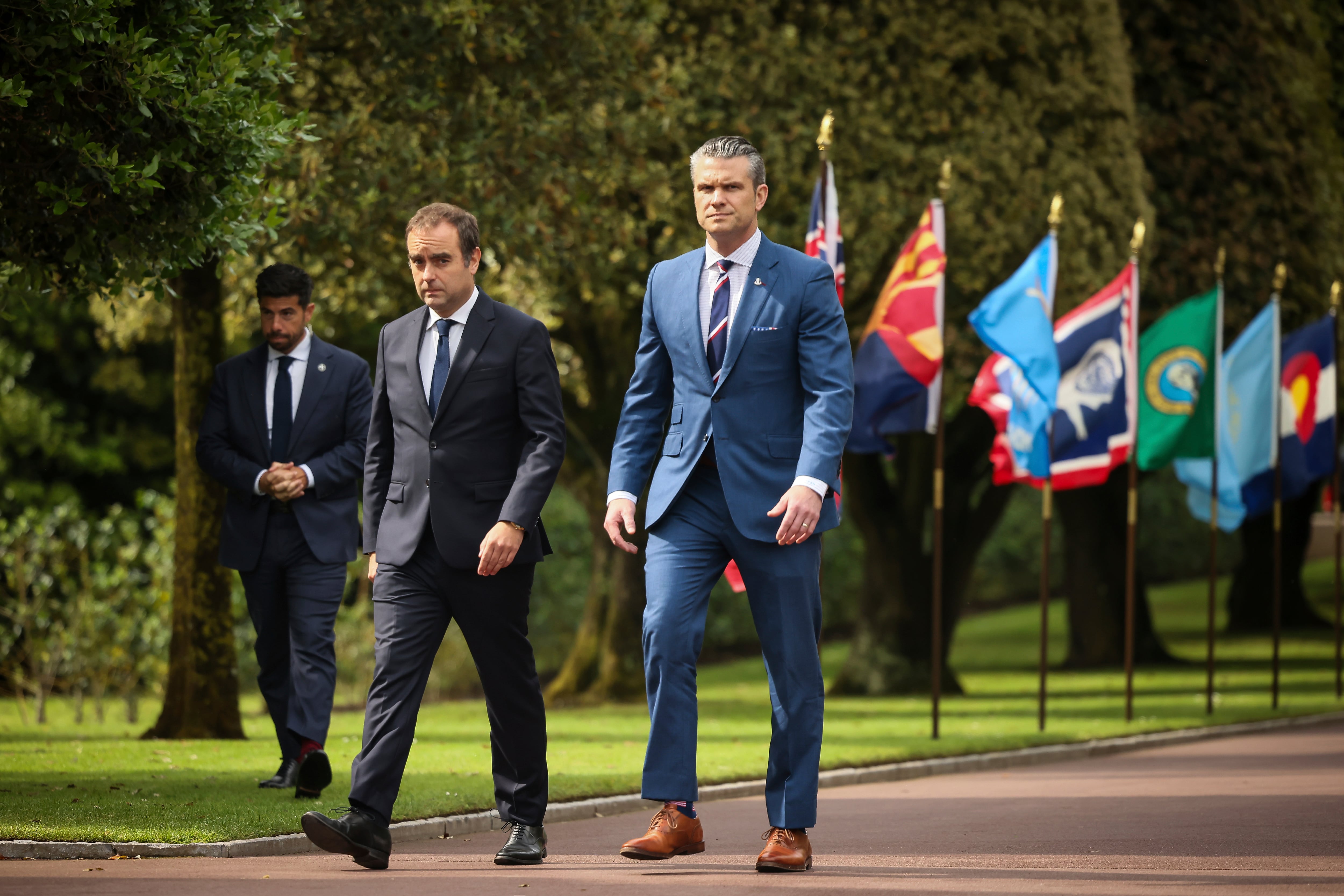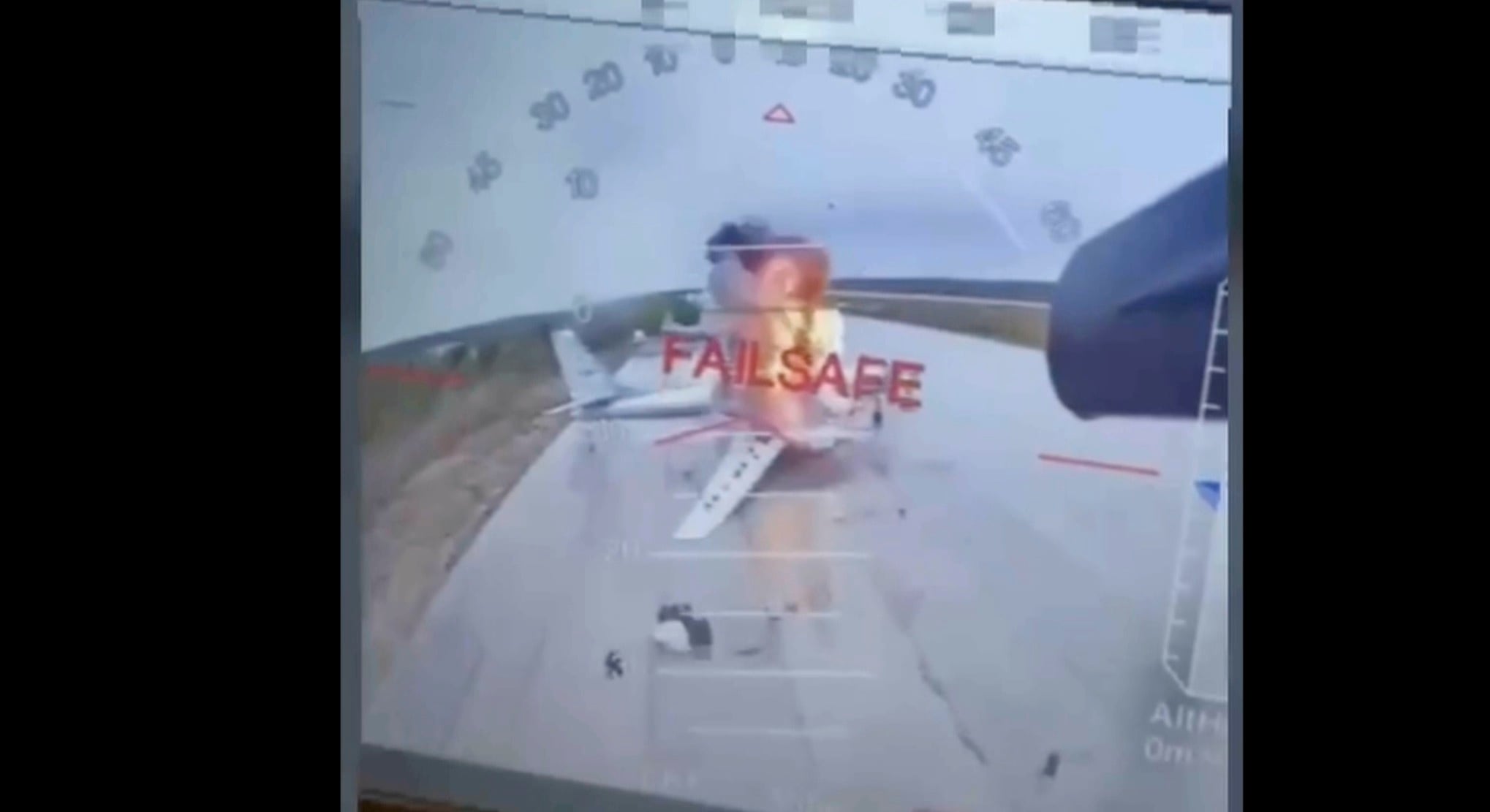Two decommissioned U.S. Navy vessels sunk to the bottom of the Pacific Ocean off the northern coast of Kauai, a Hawaiian island, during live-fire sinking exercises, according to a U.S. 3rd Fleet release.
The former amphibious transport dock Dubuque and amphibious assault ship Tarawa were sent 15,000 feet under July 11 and 19, respectively, as part of the 2024 Rim of the Pacific exercise, or RIMPAC.
RIMPAC, the world’s largest international maritime training exercise, allows nations to test and train weapons that can’t be replicated in a simulation. The sinking exercises, dubbed SINKEXs, included units from Australia, Malaysia, the Netherlands, the Republic of Korea, and the U.S. Air Force, Army and Navy.
“Sinking exercises give us a chance to sharpen our skills, learn from one another, and get real-world experience,” U.S. Navy Vice Adm. John Wade, RIMPAC 2024 Combined Task Force commander, said in the release. “Using advanced weapons and seeing the professionalism of our teams during these drills shows our commitment to keeping the Indo-Pacific region safe and open.”
A Navy F/A-18F Super Hornet deployed a long-range anti-ship missile in sinking the Tarawa. The stealth air launch cruise missile provides “multi-mission capabilities for offensive anti-surface warfare.”
The second SINKEX exercise included a U.S. Air Force B-2 Spirit stealth bomber “proved a low-cost, air-delivered method for defeating surface vessels” through a QUICKSINK demonstration. Funded by the Office of the Under Secretary of Defense for Research and Engineering, QUICKSINK grants the ability to neutralize surface maritime threats.
“This capability is an answer to an urgent need to quickly neutralize maritime threats over massive expanses of ocean around the world at minimal costs,” stated the release.
Decommissioned in 2011, the Dubuque served extensively in Vietnam after its 1967 commissioning. The Tarawa, named after a World War II Pacific battle, supported Operations Desert Shield and Iraqi Freedom before decommissioning in 2009.
This year’s sinking of a Tarawa-class ship marks the second time such a vessel has been used for a SINKEX. The former amphibious assault ship Belleau Wood was sunk during RIMPAC 2006.
Vessels used in the SINKEX exercises, referred to as hulks, are prepped for sinkage in compliance with Environmental Protection Agency regulations. Hulks must sink at least 6,000 feet underwater and 50 nautical miles from land.
Before the exercise, the Navy must clean the hulks, removing materials harmful to the marine environment, including mercury and petroleum.
Twenty-nine nations, 40 surface ships, three submarines, 14 national land forces, over 150 aircraft and 25,000 personnel are participating in this year’s RIMPAC exercise in and around the Hawaiian islands between June 27 and Aug. 1.
“The power of RIMPAC is in how it strengthens relationships between participating nations by challenging us to conduct realistic and relevant training together,” Royal Australian Air Force Air Commodore Louise desJardins, Combined Force Air Component Commander, said in the release. “It is a real demonstration of how we plan, communicate, and conduct complex operations like a SINKEX together and reflects the value of robust relationships between regional partners.”
Cristina Stassis is an editorial fellow for Defense News and Military Times, where she covers stories surrounding the defense industry, national security, military/veteran affairs and more. She is currently studying journalism and mass communication and international affairs at the George Washington University.





